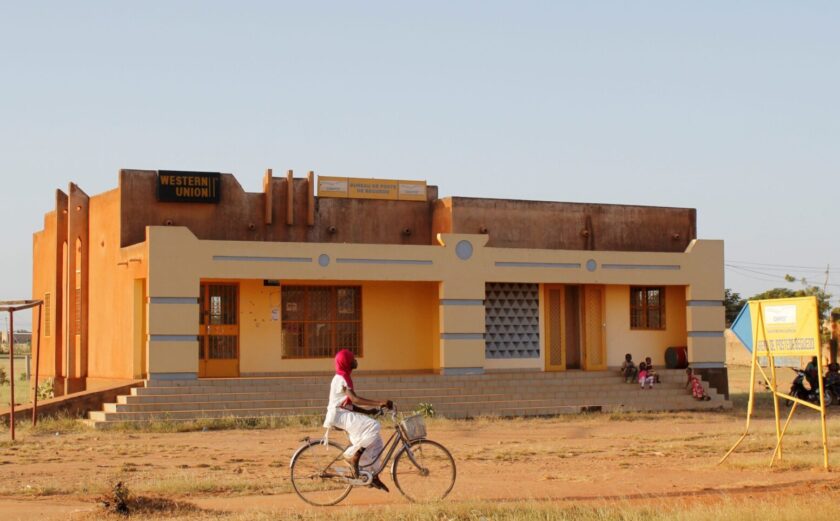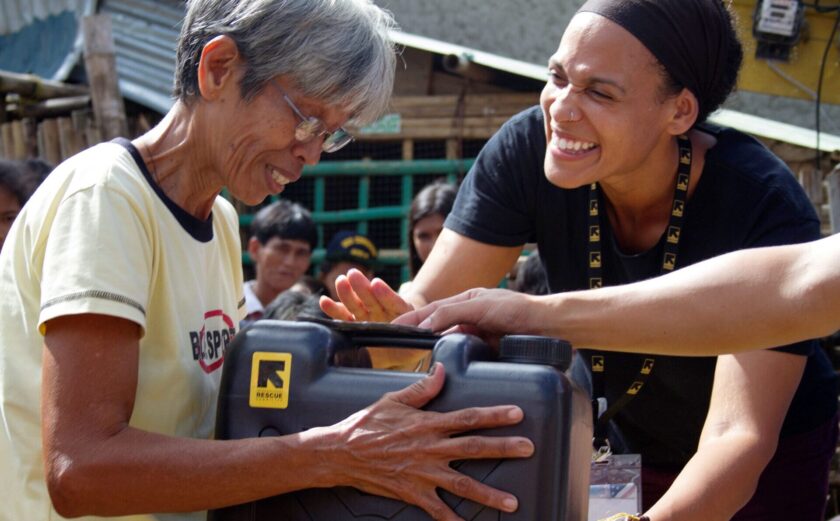
NGO Recommendations For The U.S. Global Food Security Strategy Refresh
Summary Report
As world hunger rises for the seventh straight year, the need for sufficient, affordable, and widely accessible nutritious foods for the world’s most marginalized people is more urgent than ever before.
This year, the United States has an opportunity to refresh and update the U.S. Global Food Security Strategy (GFSS) authorized by the Global Food Security Act to help the U.S. Government (USG) meet the challenges of today and tomorrow.
The first iteration of the GFSS, lasting from 2017 to 2021, charted the USG’s course to address global food insecurity and malnutrition and guide the implementation of the Feed the Future (FTF) initiative. Through the GFSS Refresh, the United States can help reverse the upward trajectory of food insecurity and mitigate backsliding on years of historic progress, preserving a legacy of leadership on food security worldwide.
The new GFSS should build on lessons learned from the last decade of program implementation and prioritize leveraging partnerships and innovation for farmers and communities to target the root causes of hunger and poverty.
To better understand the role of FTF programs in global food security efforts and the impact of the GFSS, InterAction gathered lessons learned and recommendations from local leaders, FTF implementers, and InterAction NGO Members across related policy working groups. The attached paper comes from NGO learning over the last ten years of FTF policy and implementation and features several program stories that highlight the suggested recommendations.
Recommendations for the Global Food Security Strategy Refresh
The below recommendations work to incorporate lessons learned and address the key tensions identified in the broader paper and contribute to a stronger, more impactful, and inclusive GFSS. However, food insecurity and its causes are situational—community leaders must be consulted to develop context-specific solutions.
- Fully incorporate adaptive learning to program design, implementation, and closeout.
- Encourage food producers to utilize local, community-based markets and allow private sector investors to promote and prioritize the use of external global value chain markets.
- Promote locally appropriate and nutritional crop cultivation to expand agriculture initiatives beyond ag-led growth and improve the balance between local food production, diet availability, and export or cash crop production.
- Establish tracking mechanisms for sector outcomes and their related funding streams to support greater multisectoral learning and improve collaboration and program design.
- Agriculture research and innovation need to partner with and strengthen host country research institutions and be more inclusive of Historically Black Colleges and Universities (HBCUs) and Tribal Colleges in the U.S.
- Improve investments in research beyond Innovation Labs.
Recommendations for Successful Implementation of the Global Food Security Strategy
While re-evaluating the GFSS, the connection between overarching strategic objectives and program implementation is crucial to effectively tackle potential barriers and isolating assumptions.
- Sustainably expand the list of FTF target countries to include a larger and more diverse set of countries, better articulate the difference between target and aligned country distinctions, and improve transparency and coordination of FTF countries with other USAID Bureau for Resilience and Food Security (RFS) priority countries.
- Increase collaboration with a diverse group of domestic and international stakeholders to ensure initiatives and programs are context-specific and locally appropriate.
- Strengthen the bridge between humanitarian, development, and resilience programming, and improve layering of USG global food security can complement sector programs.
- Better align and coordinate across sectors and at a programmatic level to enhance the impact of U.S. global food security programs.
Find the summary report HERE.
Find the full “NGO Recommendations and Lessons Learned for the GFSS-Refresh” paper HERE.







